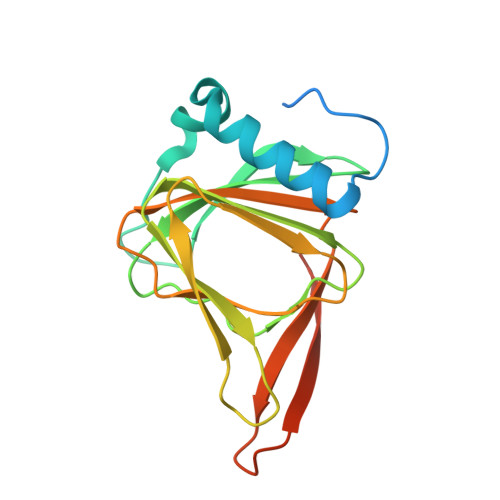Enzyme-Catalyzed Oxidative Degradation of Ergothioneine.
Nalivaiko, E.Y., Vasseur, C.M., Seebeck, F.P.(2024) Angew Chem Int Ed Engl 63: e202318445-e202318445
- PubMed: 38095354
- DOI: https://doi.org/10.1002/anie.202318445
- Primary Citation of Related Structures:
8QFL, 8QFM, 8QFN, 8QFO, 8QFP, 8QFQ - PubMed Abstract:
Ergothioneine is a sulfur-containing metabolite that is produced by bacteria and fungi, and is absorbed by plants and animals as a micronutrient. Ergothioneine reacts with harmful oxidants, including singlet oxygen and hydrogen peroxide, and may therefore protect cells against oxidative stress. Herein we describe two enzymes from actinobacteria that cooperate in the specific oxidative degradation of ergothioneine. The first enzyme is an iron-dependent thiol dioxygenase that produces ergothioneine sulfinic acid. A crystal structure of ergothioneine dioxygenase from Thermocatellispora tengchongensis reveals many similarities with cysteine dioxygenases, suggesting that the two enzymes share a common mechanism. The second enzyme is a metal-dependent ergothioneine sulfinic acid desulfinase that produces Nα-trimethylhistidine and SO 2 . The discovery that certain actinobacteria contain the enzymatic machinery for O 2 -dependent biosynthesis and O 2 -dependent degradation of ergothioneine indicates that these organisms may actively manage their ergothioneine content.
- Department of Chemistry, University of Basel, Mattenstrasse 22, 4002, Basel, Switzerland.
Organizational Affiliation:





















